North American Genomai Shifting Gallery
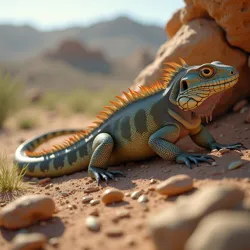
Extracting Atmospheric Moisture
Sonoran spineback shown in a desert environment, subtly illustrating its unique ability to draw water vapor from the air for survival.

Spineback Rocky Habitat
Sonoran Desert landscape with rocky outcrops and boulders, depicting the typical preferred habitat providing shelter and resources for the sonoran spineback.
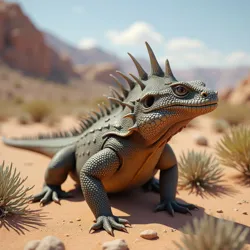
Sonoran Spineback Desert Reptile
Sonoran Spineback Desert Reptile
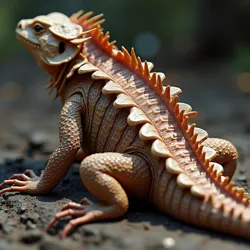
Spineback Dermal Armor
Close-up view of the dense, plate-like scales on the back of a sonoran spineback, illustrating their structure for protection and thermoregulation.

Howler Mountain Habitat
Shows a cascade howler within its typical environment of dense coniferous forests and rugged mountain terrain, possibly indicating Genomai Flux activity.
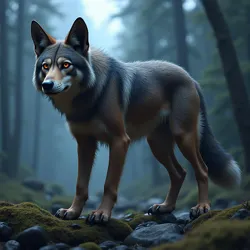
Cascade Howler Creature
Cascade Howler Creature
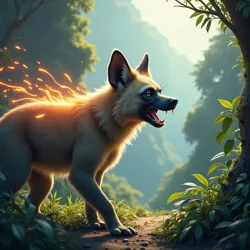
Howler Sonic Vocalization
Illustration of a cascade howler emitting its powerful, directed sonic howl, potentially showing the acoustic energy effect.
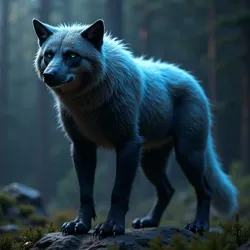
Howler Physical Traits
Depicts the robust morphology of the cascade howler, highlighting its dense fur, muscular build, and subtle bioluminescent glow.
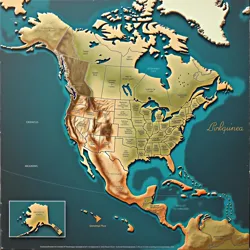
North American Genomai Shifting
North American Genomai Shifting
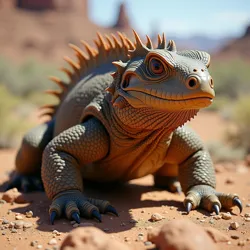
Sonoran Spineback Reptile
Shows an armored desert reptile with heat-radiating plates and moisture extraction abilities, known for expanding its range.
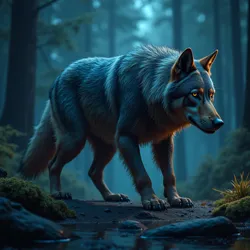
The Cascade Howler
Depicts a large canid from the Pacific Northwest exhibiting bioluminescent fur and powerful sonic vocalizations due to Genomai Shifting.

Bureau Genomai Studies Founded
Represents the formal establishment of the BGS in 1892, marking the start of institutionalized Genomai Shifting research.